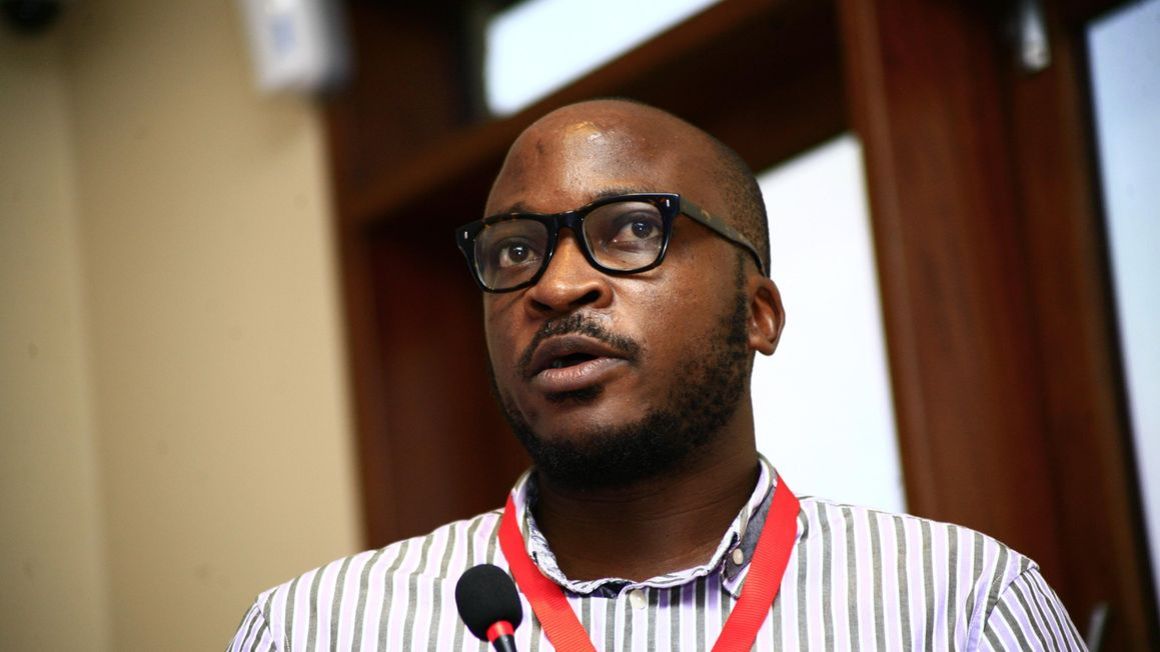Our soldiers can fire mortars and mix mortar. Should they do both?

Daniel K. Kalinaki
What you need to know:
- ...What, then, is to happen to the locals invested in construction firms in the hope of winning government contracts?
Last month the President directed the Education ministry to contract the UPDF construction brigade to build all schools and health facilities across the country beginning this financial year.
The idea, ostensibly, is to save money and avoid corruption. The reality is quite different. Let’s start with the directive itself. The President’s letter said this proposal was a “pilot”, and that “the directive will be gradually extended to cover other sectors of government”. This isn’t correct.
Almost two years ago, State House wrote to the Uganda National Roads Authority directing it to award the construction of all government-funded jobs to the UPDF construction brigade. We must blame the President’s letter-writers for not pointing out this important fact to His Excellency, and his policy makers for not advising on how that roads directive – the real pilot – is going.
While the UPDF construction brigade is fairly capable and has a few buildings under its gun belt, it lacks the capacity and experience in building major roads, and several simultaneously. The real effect of that earlier directive was to create rent-seeking opportunities. Here is a hypothetical but not far-fetched example.
UNRA awards a road worth, say $100million, to the construction brigade. Without bidding, the assumption is that this figure is based on UNRA’s own assessments or whatever the brigade asks for. A local agent representing a foreign construction firm approaches the brigade and offers to do the road for $85m. The $15m margin goes into expanding the private real estate offerings of the fast-growing city.
Once sub-contracted, the real construction firm then builds a $75m road, because they, too, have to pay success fees to local agents and buy the odd apartment in Dubai or Hong Kong. Far from reducing corruption, the directives are likely to encourage it.
They are also irregular and will undermine private enterprise. As part of the army, the construction brigade feeds off the Consolidated Fund and enjoys free or relatively cheap financing. It also uses soldiers whose labour is heavily discounted. It is also less likely to encounter the same level of resistance from project-affected persons claiming extra compensation claims once its recce teams move into areas. It can build faster.
With these advantages, it is impossible for a private construction firm to compete against the construction brigade. Even then, without open and competitive bidding, the brigade will set its own price and mark its own homework; pity the owner’s engineer who has to question a colonel about the cement content in a concrete mixture!
What, then, is to happen to the locals invested in construction firms in the hope of winning government contracts?
If we assume that the underlying intention is to build local – that is, Ugandan – capacity to do these projects, there are three ways to meet that objective. The first is to restrict the UPDF’s construction brigade to only projects above a certain financial threshold and keep the bids for those competitive.
This would free up smaller projects for smaller firms while maintaining the dignity of the armed forces: all self-respecting experts in the brigade and wider forces would be entitled to hold their noses if asked to build an eight-stance pit latrine at Ave Maria Day and Boarding Mixed Primary School in Nawankandhulo, Kamuli District.
Having the UPDF compete for the mega projects – power dams, airports, major bridges etc – will provide a better basis for contract price discovery, improve its technical competence against international firms, and give us better value for money. Guaranteeing them a pipeline of work without competition provides no incentive to be technically and financially competitive.
The second way is to ring-fence all or a significant number of the sub-contracts under UPDF-led projects to local construction firms, but which must get them through an open and transparent bidding process. This will keep a lot of the value at home, while allowing private enterprise in the public construction sector. The key here, of course, lies in who qualifies as a local company.
The third effort must target the work ethic and internal operations of these local private firms themselves. There is room for the state to grab some of these operators by the lapels and shake some sense into them – but that deserves its own column, next week.
Mr Kalinaki is a journalist and poor man’s freedom fighter.
[email protected]; @Kalinaki




